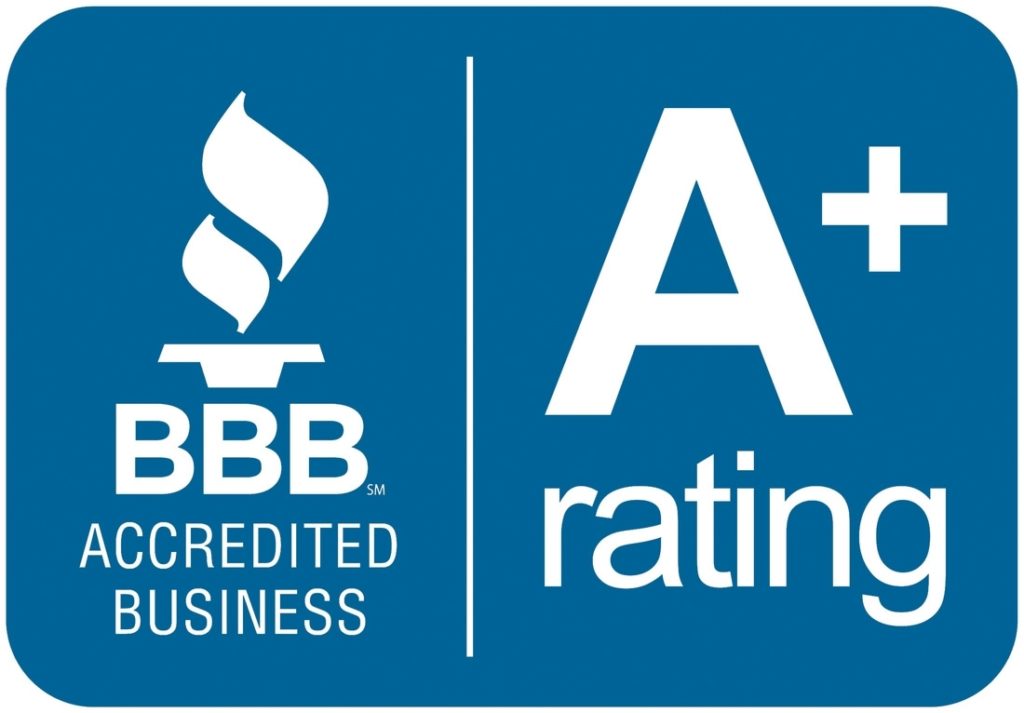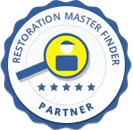Flooded Basement Restoration
One of the Highest Rated Flooded Basement Cleanup Companies in Maryland
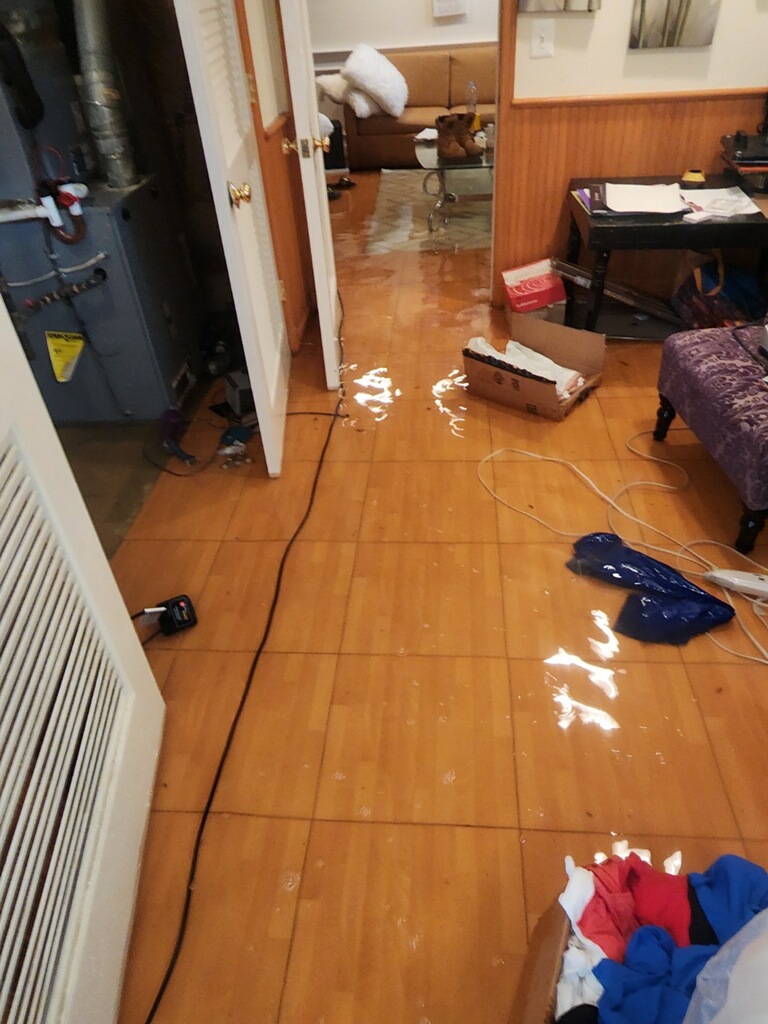
Your Home’s Basement
It’s one of the most important parts of your structure. Not only is it the literal footprint of your home, but it’s also the primary structure that provides stability, durability, and extra storage space. When it floods, though, it can be a huge issue to clean up. Fortunately, Top To Bottom Renovation, Inc is here to help. Offering powerful flooded basement cleanup services, leak detection for burst water pipes and hoses, as well as pipe burst cleanup, our team is here for you.
How Much Will You Spend on Flood Restoration?
If you’re looking for flooded basement cleanup companies in the greater Maryland area, Top To Bottom Renovation, Inc is here for you. Offering comprehensive flooded basement restoration services, our goal is to provide pipe burst cleanup you can afford. While every job varies, here are a few standard considerations that will impact the price of your job:
- The source and type of the water – for example, a flood restoration process that involves black water will be more expensive than a cleanup with gray water.
- The size of the flood.
- The types of material and furniture involved.
- The amount of remediation and reconstruction needed.
Depending on the source and type of your basement flooding, your insurance may step in to cover some of the damage. Regardless of what the case may be, Top To Bottom Renovation, Inc, Marlow Heights, Maryland’s trusted repairs expert serving the Prince George County and the D.C. area, will help advise you. Contact us today to learn more about our services and our flood remediation offerings: (866) 746-5826
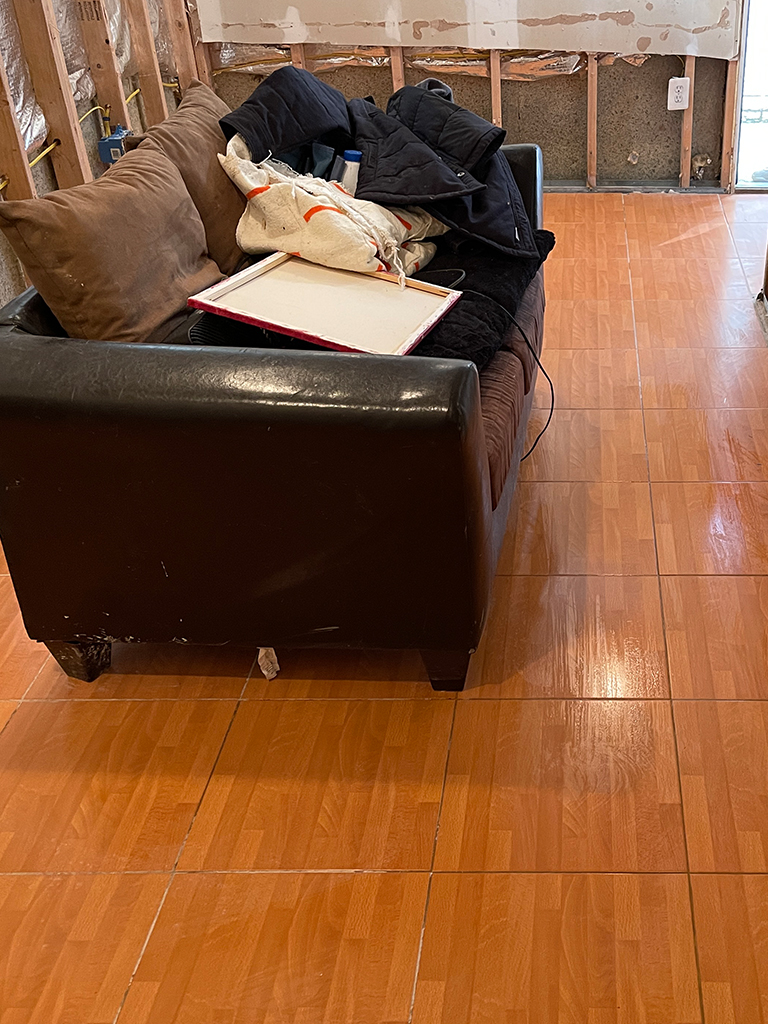
Things You Can Do To Prevent Basement Floods
- Check the exterior stairwell drain to your basement for clog before it rains
- Clean the exterior stairwell drain of grass each time you cut the grass
- If you have an unfinished basement with exposed framing, make sure the plumbing lines on exterior walls are properly insulated to prevent freezing and burst pipe
- Always check your basement sump pump during heavy rain
- Make sure your sump pump is wired to an independent electrical circuit. If possible, attached a back up battery to your sump pump
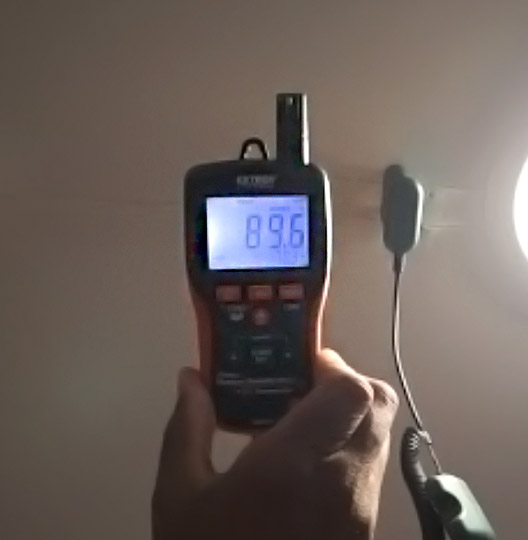
How To Clean a Flooded Basement
Cleaning a flooded basement can be a daunting task, however, if you have the proper equipment and follow the IICRC guidelines you can DIY your flooded basement if there are no signs of bacterial growth or hazardous materials.
First, take moisture readings from porous materials with a moisture meter. The minimum moisture readings for building materials such as soft wood should be around 12-15% and materials such as drywall and carpet around 8. Set your target goal for each material to at or or below their minimum moisture levels.
Next, identify the source to determine the water category and classification:
- Water from a broken pipe or faucet is a Category 1 water damage.
- Water from the basement sump pump is a Category 2 water damage.
- Sewage, toilet overflow or ground water from outside are Category 3 water loss
Now let’s discuss Water Classification: It is important to know the type of water class you are dealing with as this will determine the amount and type of equipment required to remove excessive moisture in order to properly dry the chamber and affected materials.
If 5-35% of the area is affected, regardless of the category, you have a class 1 water loss. If more than 35 but less than 50%of the area is affected you have a class 2 water loss. If more than 45% of the area is affected you have a class 3 water loss. If chemicals, electric or other contaminants are present, you have a class 4 or special circumstances water loss, you should call a professional and not attempt to do this job.
For category 1&2 water loss:
- extract as much water as possible from the floors and absorbent materials such as carpet and pad
- remove laminated and sheet vinyl floors if present
- clean affected area and apply an antimicrobial agent
If the loss is a category 2, place 1 air mover in each affected room then add one more for every 50-70 square feet of affected floor. Then add one air mover for every 100-150 sf of ceiling and walls above 2′ from the floor. Add 1 large dehumidifier 80 pints AHAM for every 1000 sf of affected area and place the dehumidifier drain hose in a drain outlet.
Air movers provide rapid air movement across wet surfaces while dehumidifiers remove moisture from the air of the affected rooms. Run all equipment 24/7 until the targeted moisture level for each material is reached.
Please note: Daily moisture readings and monitoring of the equipment must be done each day the equipment is on site.


